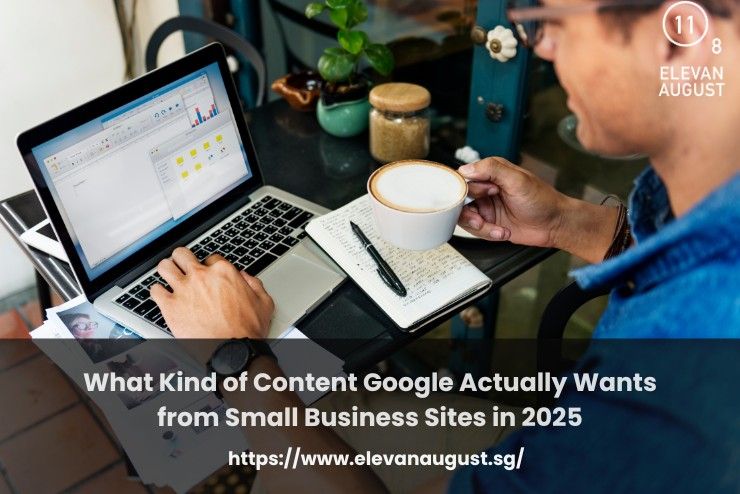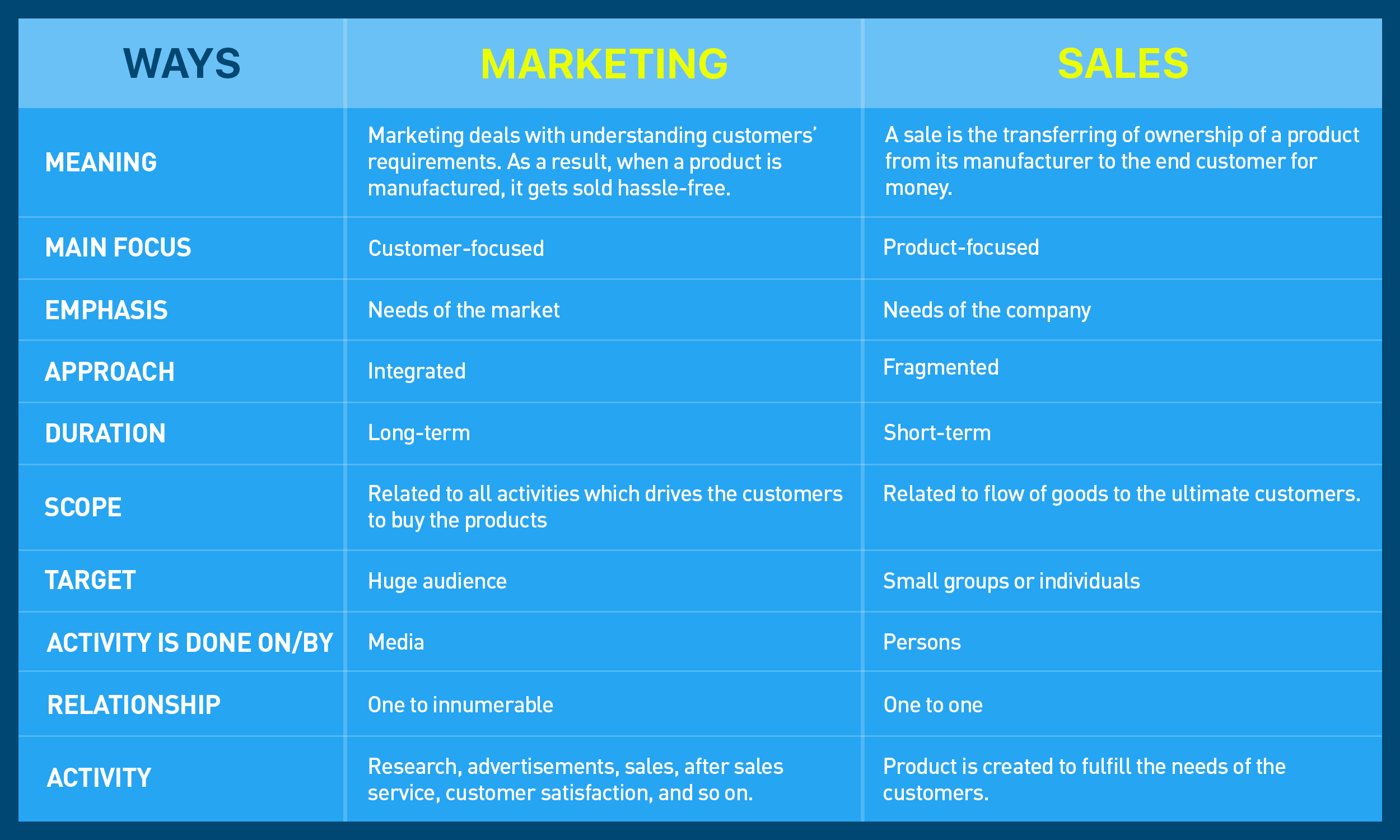Your site has content. Maybe even a decent amount of it.
You’ve published service pages, blog posts, maybe a few FAQs. Everything looks fine on the surface, but your rankings still lag behind.
Competitors with simpler websites keep showing up ahead of you. And it’s not always clear what they’re doing differently.
The gap usually lies in how the content fits together. Here’s what we’ve seen work best for small business websites heading into 2026.
Google rewards content that resolves intent quickly
Search results now lean toward pages that solve something, not just explain it.
If someone searches “how to register a business in Singapore,” they expect steps, links, and next actions, not just background.
Your content should make it easy for readers to move forward, not just stay informed. This applies to service pages, blog posts, and even FAQ sections.
Topical authority matters more than article count
One-off posts rarely shift rankings. Google looks for focused topic depth that reflects real understanding, not scattered coverage.
If you run an ecommerce store for activewear, a single guide on workout leggings helps, but not much on its own. A cluster of pages on fabric types, fit breakdowns, styling ideas, and product care shows you’ve done the work.
Depth signals credibility. When your site covers a subject from multiple angles, search engines treat it as a trusted source.
AI-assisted content needs clear human input
Yes, Google knows when a post feels overly generated. The content that performs well often includes markers of original thinking, like specific examples, personal observations, or uncommon angles.
If AI helps speed up your process, that’s fine. Just make sure you’re layering on your voice, experience, and judgment before publishing.
4. Users (and Google) look for these trust signals
The structure of your content can push it higher if it shows legitimacy. Here’s what helps:
- Author names with expertise
- Updated timestamps on key articles
- Internal links to service pages
- References to local context or client experience
- Content that avoids fluff and gets to the point quickly
These elements help small businesses look active, informed, and trustworthy, even without big brand names attached.
Google values content that shows, not just tells
Videos are no longer a nice-to-have. They influence how your page performs, especially when explaining processes, tools, or products.
If someone’s trying to understand how your service works, a short demo often holds their attention longer than a paragraph. It makes abstract ideas tangible.
For local businesses, even a simple walk-through or staff intro can raise trust and reduce bounce rates.
Google notices those engagement signals. And while video alone doesn’t guarantee rankings, it helps pages do their job better and that’s what the algorithm tends to reward.
6. Building depth over time signals real authority
Google reads patterns across your site. It sees whether your content expands on ideas, connects to related themes, and reflects ongoing interest in the topic.
Publishing one piece about “retail analytics” won’t do much on its own. But a series on store traffic, customer behavior, POS data, and product mix (linked together, updated, and revisited) makes your site look like a resource.
If you’re already producing content, look at what can be layered. Stretch a good idea into supporting pages. Rework older pieces to link into newer ones. That consistency is what lifts long-term performance.
7. Local context helps smaller businesses stand out
If your business serves a specific place, your content should reflect it. Not with forced keywords, but with details that ground your offer in the real world.
Mentioning neighborhoods, districts, or industry trends in Singapore helps search engines understand when and where your content applies.
It also builds familiarity with local readers.
Even small signals matter. A service page that nods to challenges specific to Orchard retail stores or Joo Chiat cafés does more than one that speaks in broad strokes.
Final Thoughts
We help clients rethink their content by focusing less on keywords and more on how it all holds together. The structure, the timing, and the way pages speak to each other—that’s what pushes visibility forward.
At Elevan August, a leading content creation agency in Singapore, we’ve worked with businesses that looked “content rich” on the surface but lacked the patterns Google now prefers.
If you’re unsure whether your content sends the right signals, we’re happy to review what you’ve built. Sometimes a few focused changes can shift results in a way that feels long overdue.






